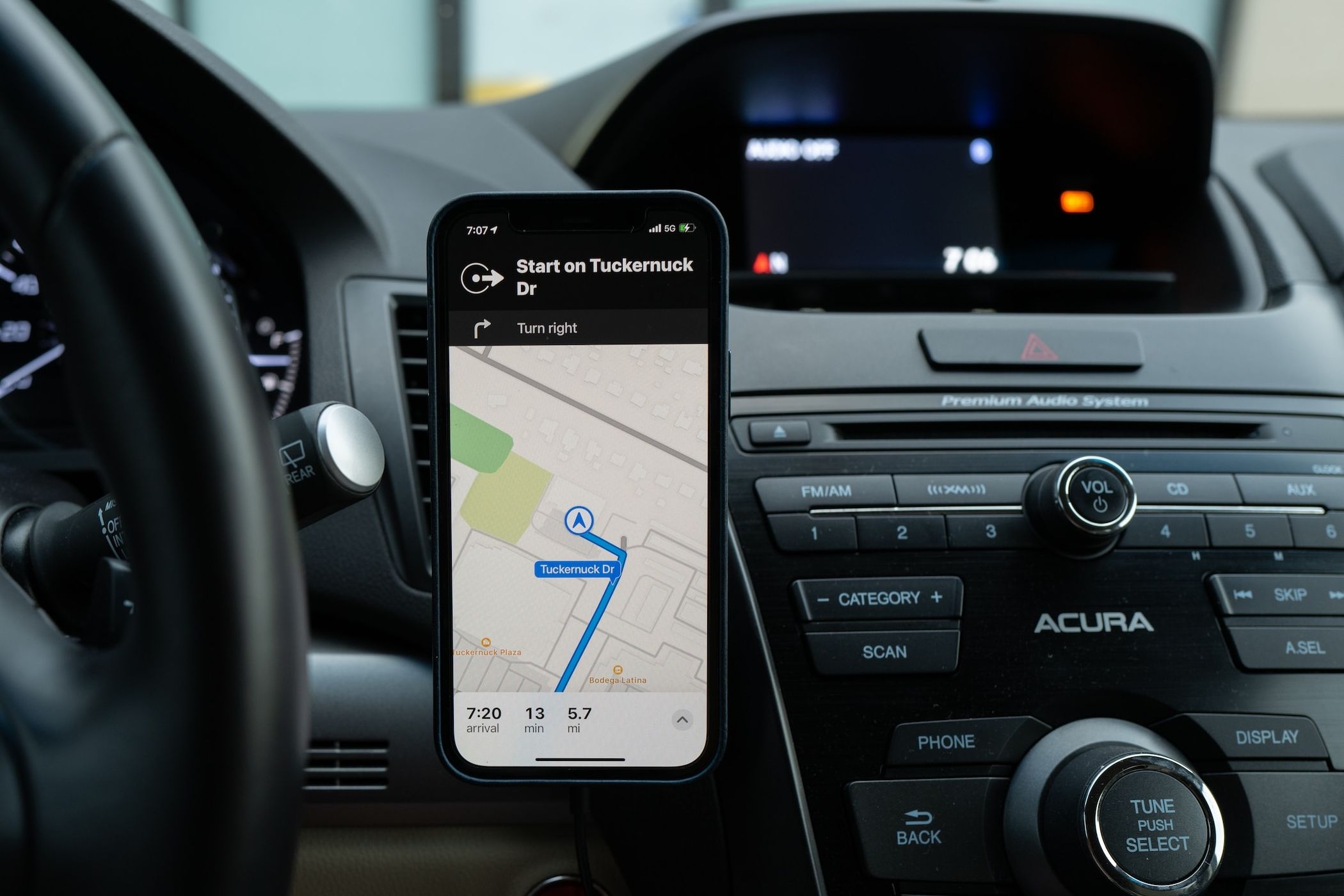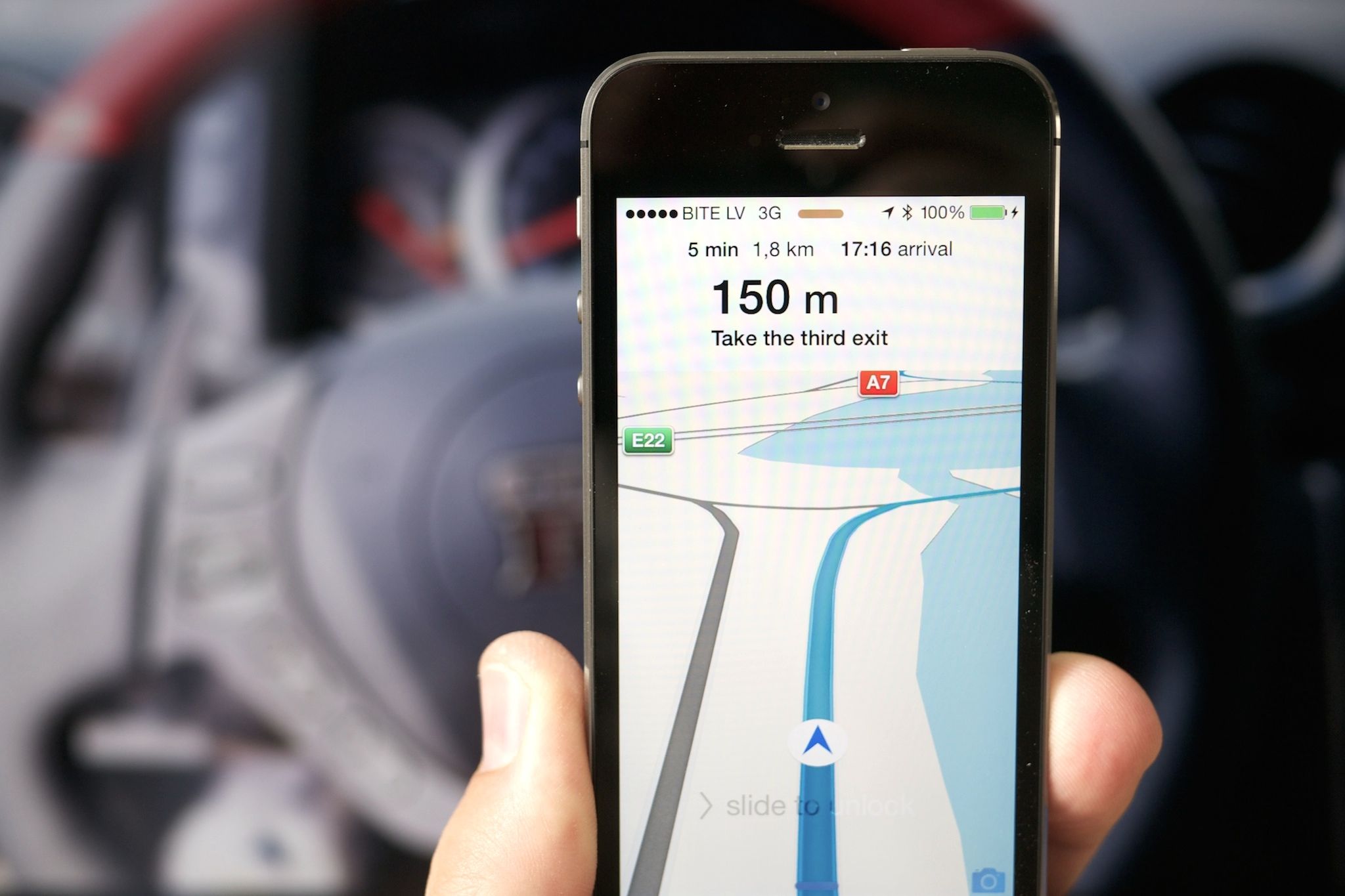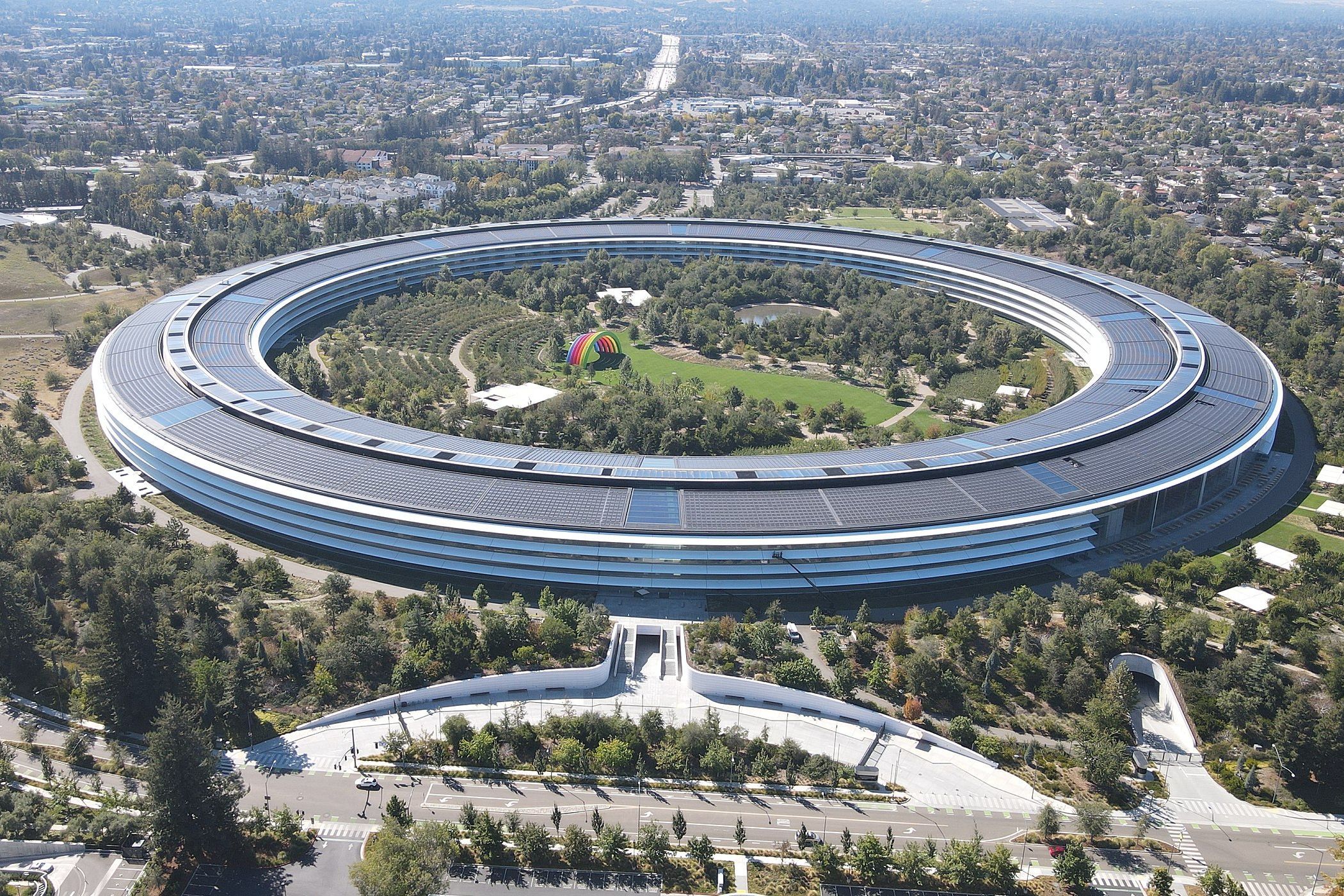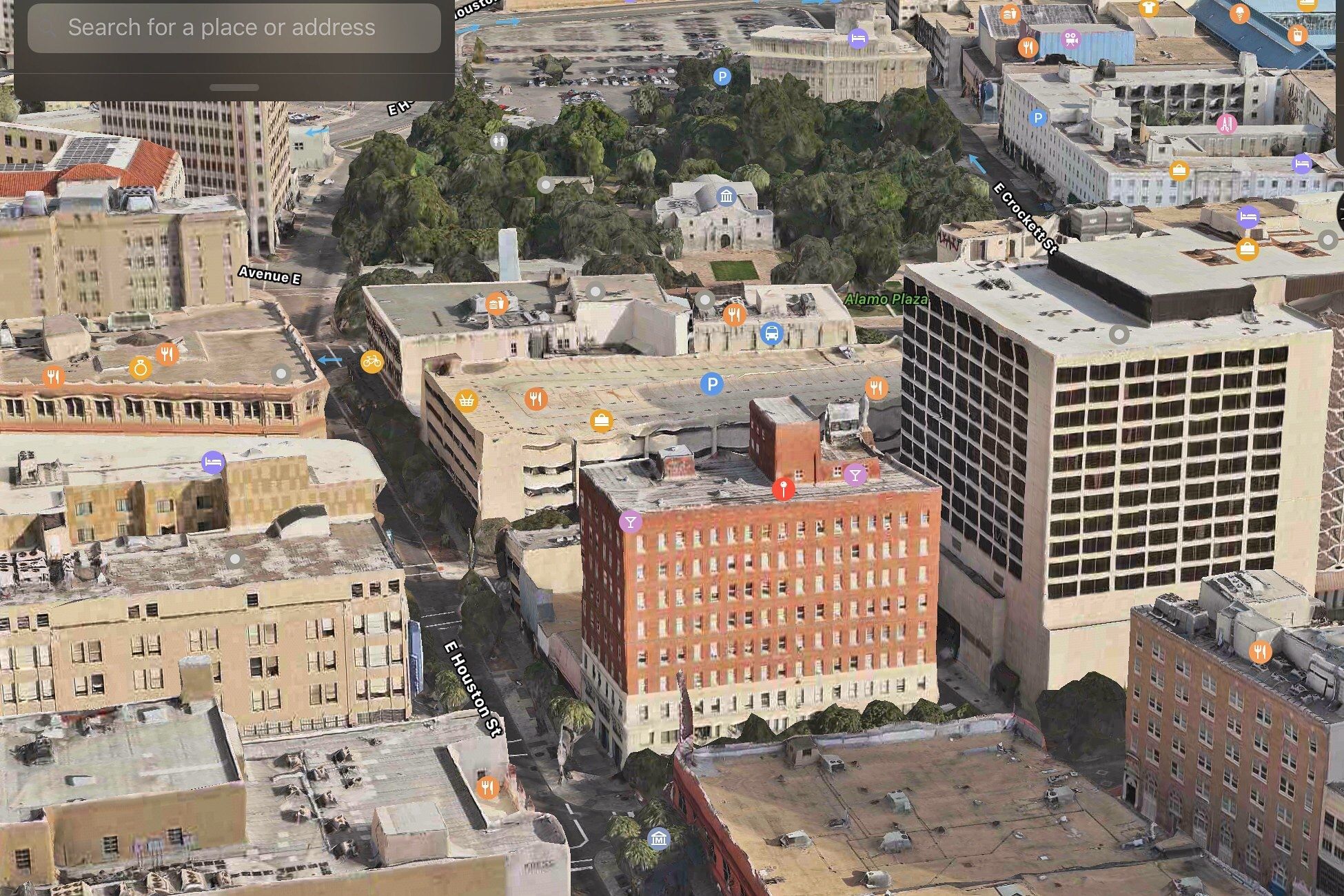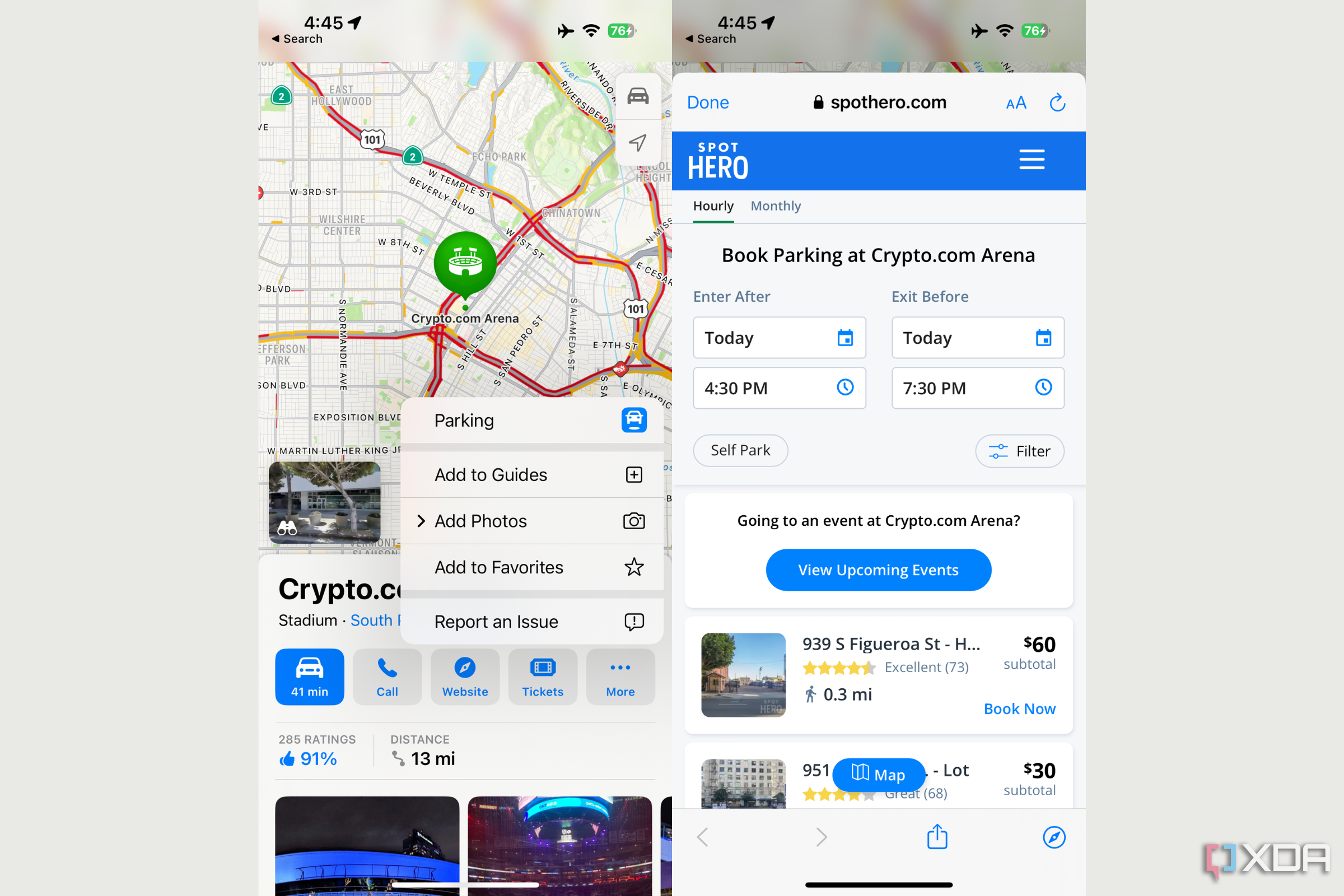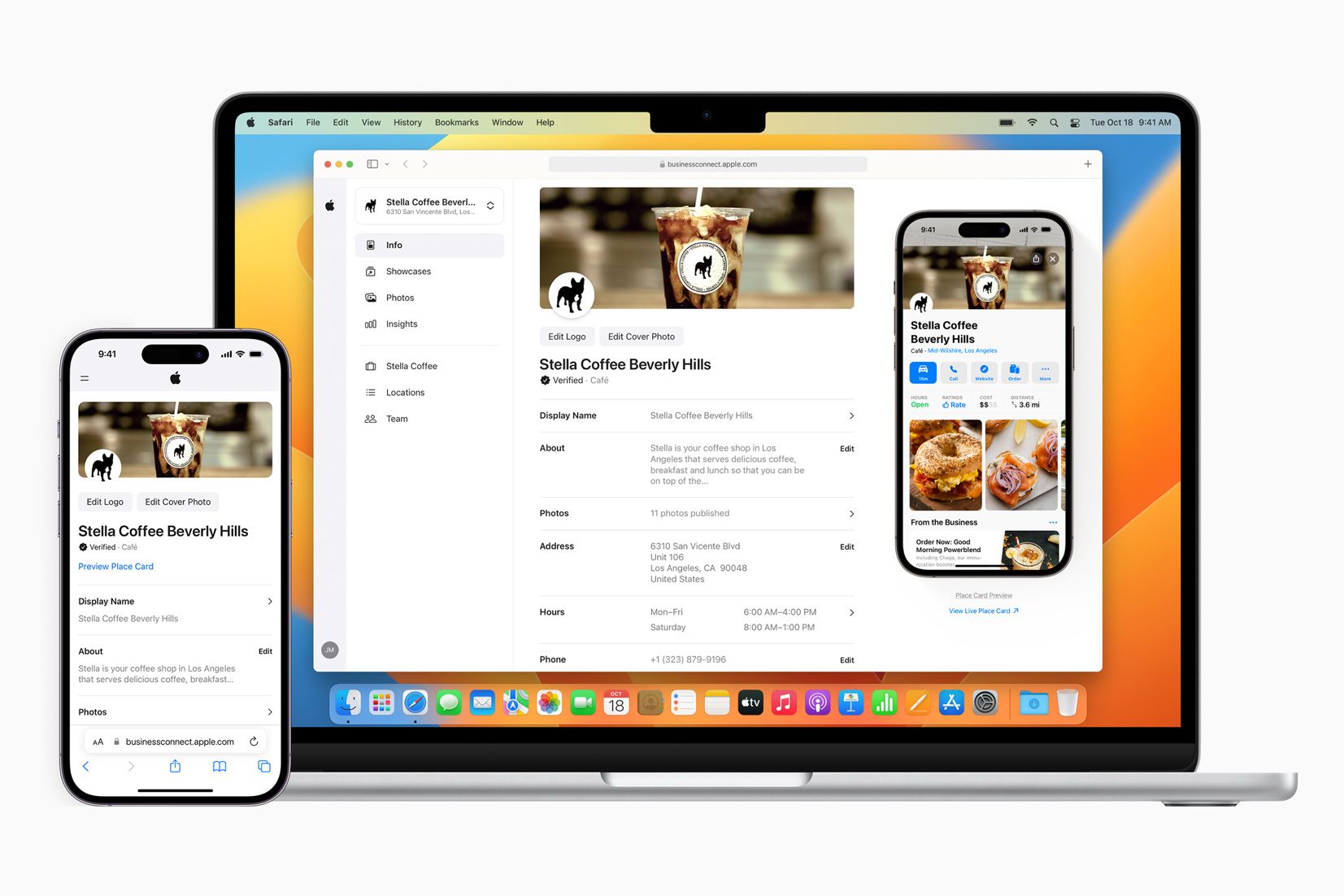Just a few years ago, owning an iPhone was no guarantee that you'd be using Apple Maps for your navigation needs. In fact, it was the opposite as people overwhelmingly downloaded Google Maps the moment they set up their new iPhone. This negative trend toward Apple Maps harkens back to its disastrous launch 11 years ago and Apple's somewhat slow pace of updates, pushing people toward Google Maps as the quintessential maps application.
But, after a rocky road to redemption (indeed), Apple Maps finally offers a decent alternative to Google's offering, and iPhone users are finally making the switch to it. Let's deconstruct the initial failure of Apple Maps and how it gradually transformed into a pretty usable app after a decade of existence.
Apple launches in-house maps app: Dead on arrival
Since the first iPhone launched in 2007, Google Maps always came pre-installed on every iPhone. But, during the next few years, Google started working on its own mobile operating system called Android, and the relationship between the two tech giants grew strained. Google started gatekeeping critical features from the iOS version of Google Maps, which prompted Apple to work on its own maps application. On September 19th, 2012, Apple Maps was launched to break the iPhone's reliance on Google Maps.
Needless to say, Apple Maps was a sorry sight. It was an unfinished, inaccurate, and sometimes, hilariously unusable application. You might remember the melting Brooklyn Bridge, streets shown in the water, gravity-defying roads, or the general lack of detail in the app. Customers and critics were quick to roast the Cupertino giant for its botched execution, to the point that CEO Tim Cook had to issue a public apology in an open letter. The situation was so bad that Apple Maps chief Richard Williamson was fired from the company.
While Tim Cook might have salvaged the situation a bit by promising to make Apple Maps better, it wasn't until years later that Apple Maps would become a usable app or offer the number of features seen in its bitter rival.
The road to progress: Slow and bumpy
Apple had its path cut out for it — resolve the burning issues, fix the inaccuracies, improve coverage, and enhance the overall user experience. But it was easier said than done. Apple Maps' condition at launch was riddled with fundamental issues and it was missing key features seen in Google Maps. To jumpstart the overhaul of the app, Apple started acquiring other companies in the mapping and location data space.
From a GPS startup to a crowdsourced location data company and several other transit apps, Apple went on a shopping spree for the next three to four years. This helped the company bring many of the essential missing features to Apple Maps, such as the sharing of frequent locations by users, public transit directions, indoor navigation, and a major redesign of the app. All these changes still took years to arrive in the app, with some features landing four years after the app's initial launch in 2012.
In 2018, six long years after the debut of Apple Maps, Apple decided to start using first-party data instead of relying on data from other sources. This deep rebuilding of Apple Maps took a long time — around four years — but in 2020, Apple had finally completed covering the entire US with its redesigned and much-improved app. Apple Maps didn't just look better but was also more accurate now, being able to better differentiate between roads and identify parks and nature.
After the big redesign of Apple Maps, new features started coming quickly to the app. Apple adapted Google's Street View for its Look Around feature in 2019, and added real-time transit directions around the same time. In 2021, with iOS 15, Apple also added a 3D view to help users visualize their cities in brilliant detail. These features were first rolled out in select US cities but were slowly expanded to many other global locations. Apple Maps had truly turned the tide around.
11 years later: Who's your map app now?
In recent releases, Apple Maps has seen some major upgrades that have refined functionality to an extent that user sentiment toward the app has started to shift. People are now liking the clean and decluttered user interface of the app over the over-stuffed approach of Google Maps. Some users have also claimed to get better directions and suggestions at the airport from Apple Maps than those from Google Maps.
Apple is still working on bringing newer additions to Apple Maps — iOS 16 brought multi-stop routing and more recently, iOS 17 finally unveiled offline maps, a feature that was sorely missed on the app, considering Google Maps has had it for years. And for those using watchOS 10 on the Apple Watch, the ecosystem benefits provide a more seamless experience with Apple Maps than with the Google Maps watchOS app.
This is not to say that Apple Maps is hands-down better than Google Maps in all areas. Despite the arguably cleaner interface, more intuitive directions, and Apple's ecosystem benefits, many of Apple Maps' actual navigational features still need work. Traffic congestion and ETA data are still not completely reliable on the app, with users claiming they were "led astray" or made to travel a more time-consuming route.
What lies ahead: Increased adoption or worrying signs
After a decade's work, Apple Maps is finally a worthy competitor to Google Maps. Despite a few lingering issues, the app is more than usable for Apple users. To capitalize on the positive waves Apple Maps has made recently, Apple needs to double down on increasing adoption. The more people start using Apple Maps, the better and more accurate it'll become. Earlier this year, Apple partnered with SpotHero to streamline parking reservations at more than 8,000 locations.
But there have also been reports that could negatively affect the future of Apple Maps. A Bloomberg report claimed that Apple might bring ads to Apple Maps as soon as 2023. Apple Business Connect, a tool launched this year, might already be implementing this plan in the way of "promoted businesses" instead of actual display ads in Apple Maps. While it's hard to say whether this would hurt or benefit Apple Maps and the company in general, one thing is certain — Apple Maps might have a few more tricks up its sleeve.

